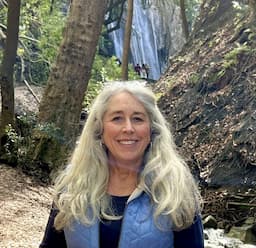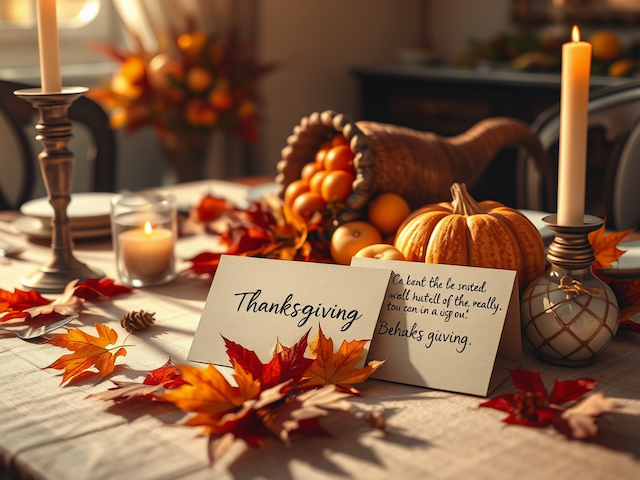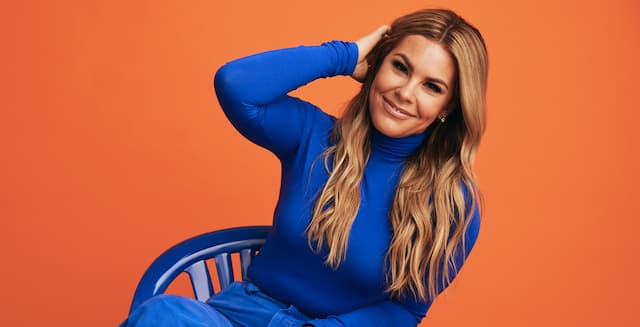What Do You Know About Saving the Bees? - Growing Through God's Word

I love butterflies and hummingbirds. I realize the importance of bees. There is a serious danger of these fragile creatures dying. I love to paint all three.
You and I can help save the bees, butterflies and hummingbirds.
Want to make your yard a haven for bees and butterflies?
Two tips: don’t use pesticides containing neonicotinoids or don’t use any pesticides, and be careful where and which plants you buy.
Neonicotinoids are poison to bees (and harmful to butterflies and hummingbirds, too)
I found it extremely difficult to find plants last year that were neonic free.
There is good new s— Big chains are taking action. April 2019.
“That could be another reason the number of companies taking action is on the rise. Today, big chains with garden centers like Home Depot, Walmart, Ace Hardware and True Value are making good on pledges to stop selling neonicotinoid-treated products, from seeds to live plants (Earth Day Challenge for Gardeners).”
What happens to the bees when they ingest this poison?
Bees behaviour changes
Lack of hygiene
In a proper colony, bees are very clean and tidy. They like to keep any dead or sick bees out of the nest. When worker bees have been in touch with a neonic their behaviour changes. Then the other bees get sick and in time the colony declines. Sometimes their brains are affected and they lose their way home.
The Queen dies
If the queen dies and a replacement can’t be found, there are no longer any eggs laid. Without eggs, there are no future bees.
What other components work with the neonicotinoid?
Studies have shown that fungicides on their own do not affect the bee population. But mixed with the neonics, this combination significantly enhances mortality of bees.
“Other labs had shown that fungicides make neonicotinoids more toxic, so Zayad’s team tested them, too. Neither the most common herbicide (linuron) nor the most common fungicide (boscalid) affected worker bee mortality on their own. But when the bees were exposed to the fungicide in combination with the neonicotinoid clothianidin, it took half as much of the chemicals to kill as many bees. The same applied if clothianidin was swapped with another neonicotinoid, thiamethoxam” (Neonicotinoid Pesticides).
Why save the wild bees?
It is not just about honey. Honey bees usually are kept in controlled conditions even when on small farms. But they still travel for their nectar — and could find one of the poisonous plants.
It is about pollination. Bees pollinate fruits, squash, cucumbers, melons and beans, to name a few. We need this pollination to grow our food.
Solutions to Save the Bees
Research
Carefully research which plants you can buy that are free from Neonicotinoids.
Create a yard that is bee and butterfly friendly
Plant flowers — but be sure they do not contain neonics. If the seller can not assure you that they are neonic free — don’t buy them.
Buy organic plants that attract bees, butterflies and hummingbirds. Buy plants that are native to your area.
Create a place for them to drink water. A shallow saucer is great. Make sure you replenish with fresh water so it isn’t a haven for mosquitos. Put the saucer near plants that might get aphids. The bees will keep the aphids away.
Keep parts of your lawn MESSY.
I thought this very interesting. Leaving a few leaves, twigs and not mowing some areas helps tremendously.
Let’s be sure that we are NOT the cause of these creatures’ decline.
Let’s be proactive this spring and summer.
Help bring awareness of pesticide use
Many countries are trying to ban pesticide use. Not only does it stay on the plants but because of rain, it also goes into the water table. Into our lakes.
The problem, of course, is that when one pesticide is banned another one takes its place.
But we have to keep at it.
What’s wrong with natural?
We leave our dandelions — or pick them out. I actually like a spring crop of dandelions. They are natural, a lovely colour and brighten up a dull spring day.
Bees, beetles, and butterflies all like to snack on dandelions. Let’s not consider them a weed but a spring flower.
I love to paint these creatures
“The righteous care for the needs of their animals,”(Proverbs 12:10, NIV).







